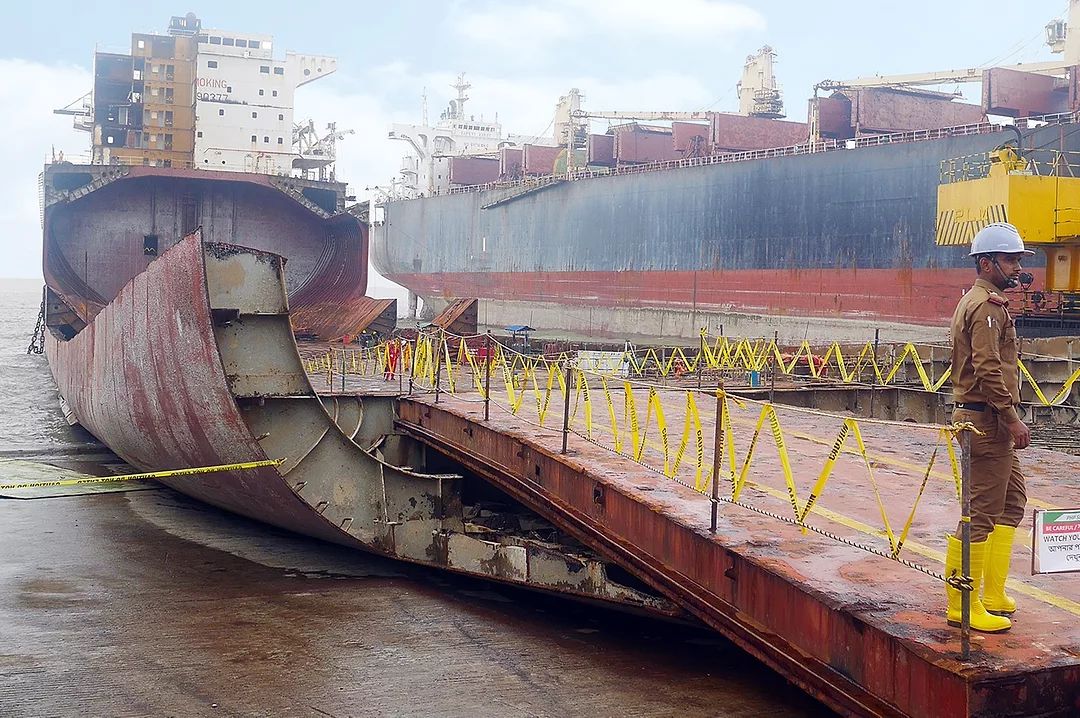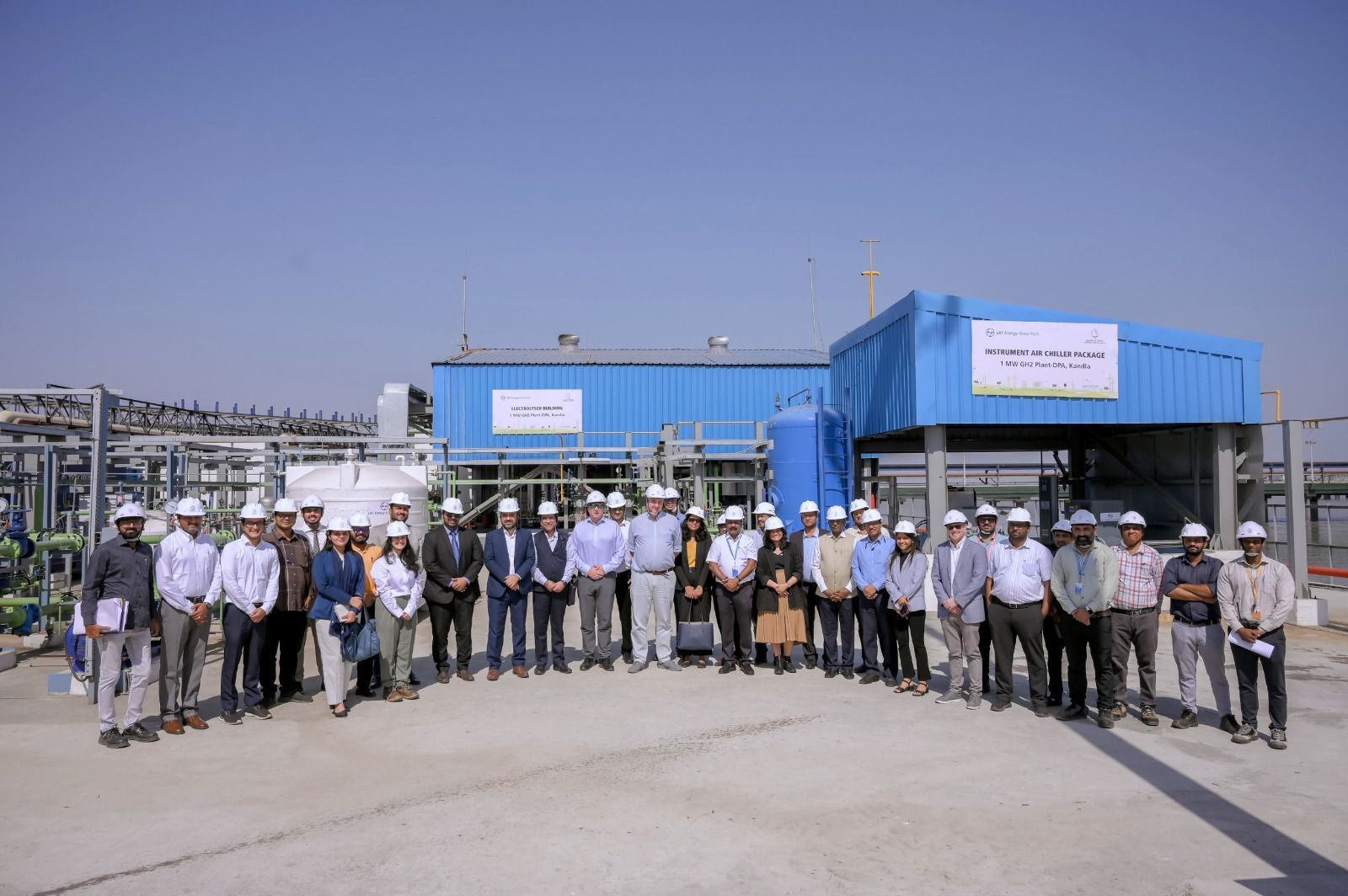India’s First Indigenously Built ASW Shallow Water Craft ‘Arnala’ Delivered to Indian Navy
Kattupalli, 8 May 2025 — In a landmark achievement for India’s maritime defence capabilities and the Government’s ‘Aatmanirbhar Bharat’ initiative, the Indian Navy took delivery of ‘Arnala’, the first in a series of eight Anti-Submarine Warfare Shallow Water Crafts (ASW SWC), on Wednesday. The vessel, indigenously designed and built by Garden Reach Shipbuilders and Engineers (GRSE), Kolkata, was handed over at the Larsen & Toubro (L&T) Shipyard in Kattupalli, Tamil Nadu.

The delivery marks a significant stride in India’s ongoing efforts to strengthen its coastal defence infrastructure through indigenous production. Built under a Public-Private Partnership (PPP) between GRSE and L&T Shipyard, the successful construction and delivery of Arnala underscore the viability and efficiency of collaborative defence manufacturing in the country.
Named after the historic ‘Arnala Fort’ located off the coast of Vasai in Maharashtra, the ship carries a legacy of maritime strength and strategic resilience. The Arnala fort, historically significant for its control over key maritime routes in the Konkan region, symbolises India’s enduring coastal vigilance and heritage — a fitting namesake for the vessel that now joins the Navy’s fleet.
At 77 meters in length, Arnala holds the distinction of being the largest Indian Naval warship to be powered by a Diesel Engine-Waterjet propulsion system. This advanced propulsion technology provides the ship with superior manoeuvrability, crucial for operations in shallow coastal waters.
Designed following the stringent Classification Rules of the Indian Register of Shipping (IRS), the Arnala class vessels are tailored for multi-role operations. The primary role of the ship includes underwater surveillance and Anti-Submarine Warfare (ASW), particularly in shallow coastal waters where larger vessels may not be as effective. Its secondary roles encompass search and rescue operations and Low Intensity Maritime Operations (LIMO), further enhancing the Navy’s operational versatility.
Notably, the ship is also equipped with advanced mine-laying capabilities, making it a key asset for area denial operations and harbour defence. The inclusion of modern sonar systems, integrated combat suites, and state-of-the-art communication technologies ensures the ship is well-prepared to handle evolving maritime threats in the Indian Ocean Region (IOR).
Defence analysts have praised the development as a testament to India’s growing indigenous shipbuilding capabilities. With over 80% of its components sourced domestically, Arnala’s construction showcases the rising self-reliance in India’s defence production ecosystem. This aligns with the national push under the ‘Aatmanirbhar Bharat’ mission, which seeks to reduce dependency on foreign defence equipment and enhance domestic industrial capacity.
Rear Admiral (Retd.) V.K. Saxena, Chairman and Managing Director of GRSE, highlighted the importance of the project: “The successful delivery of Arnala is a proud moment for GRSE and for India. It reaffirms our shipbuilding capabilities and our commitment to building a strong, self-reliant defence sector. Our partnership with L&T demonstrates the power of synergy between public and private enterprises.”
The induction of the Arnala-class vessels is expected to significantly bolster the Indian Navy’s ability to counter submarine threats in littoral zones. As regional maritime competition intensifies, such assets become indispensable in ensuring coastal security, safeguarding strategic ports, and protecting the country’s vast Exclusive Economic Zone (EEZ).
The remaining seven ships in the Arnala-class series are currently under various stages of construction, with delivery timelines spread over the next few years. Once fully inducted, the fleet will form a critical component of India’s anti-submarine warfare strategy in the near and mid-term future.
With the commissioning of Arnala expected soon, India moves one step closer to realising a modern, agile, and self-reliant naval force capable of meeting both traditional and asymmetric maritime challenges head-on.
Author: shipping inbox
shipping and maritime related web portal








